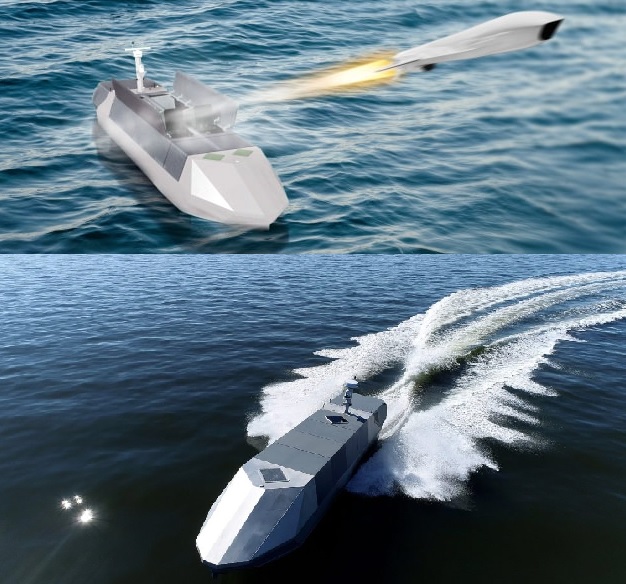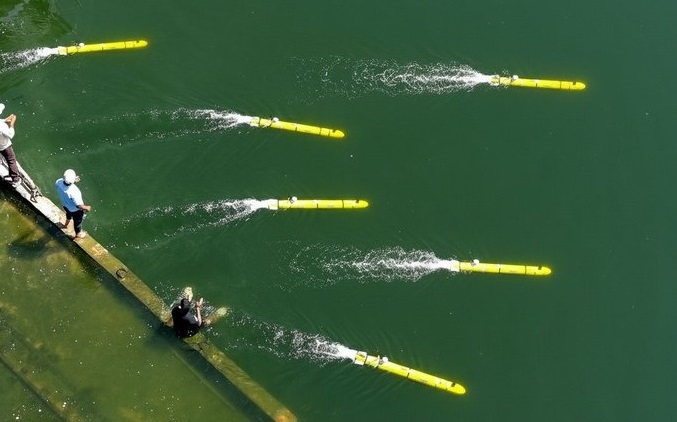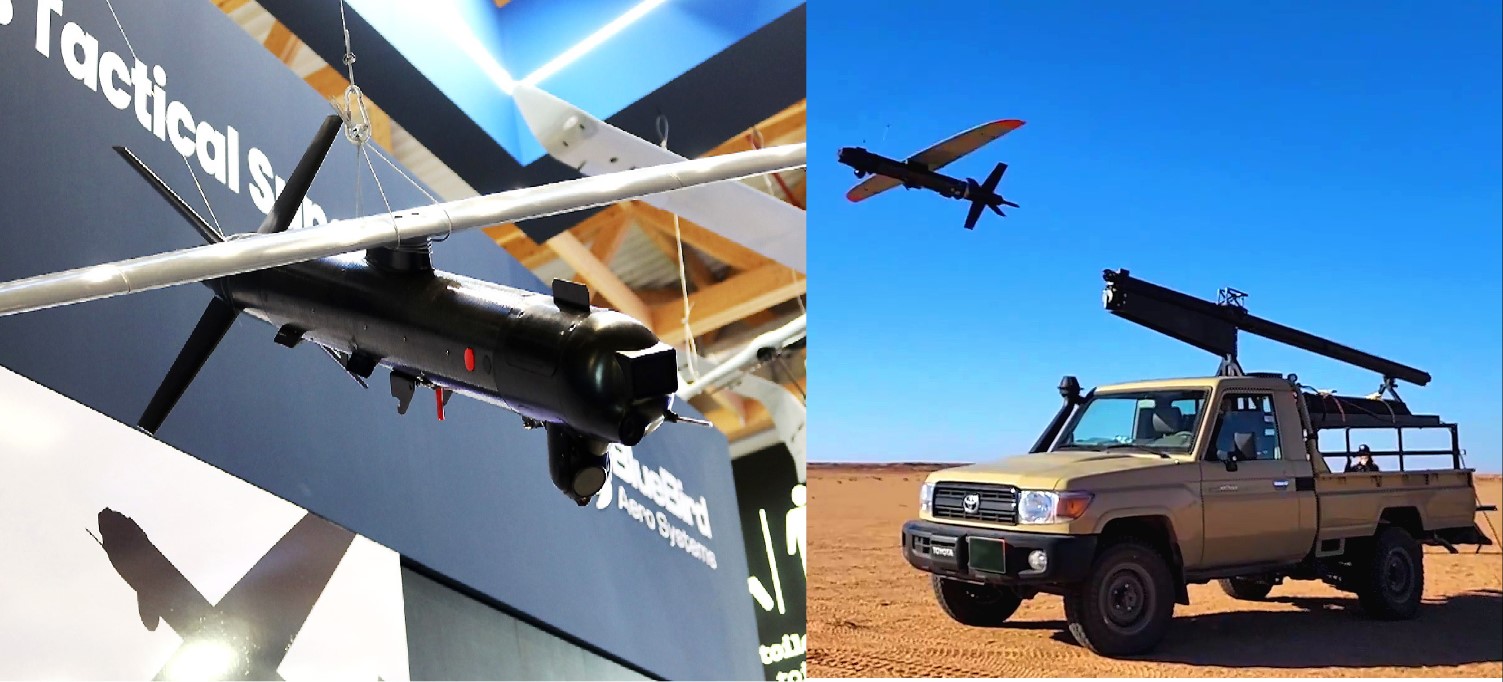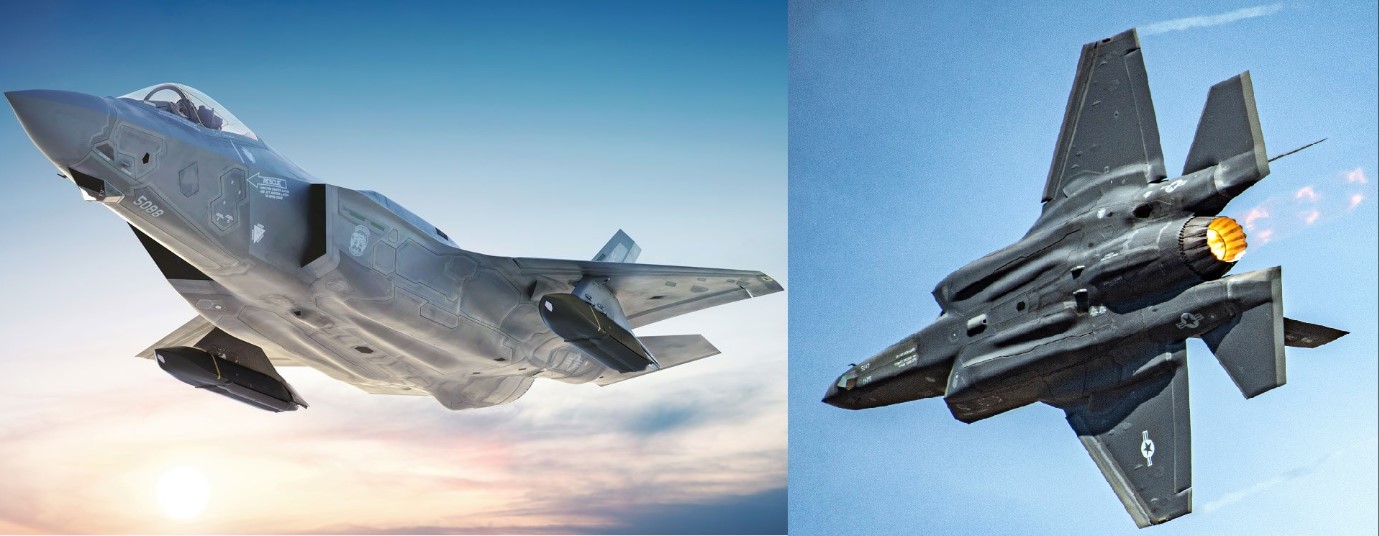Japan Unveils Prototype of New Long-Range Anti-Ship Missile Powered by XKJ301-1 Turbojet
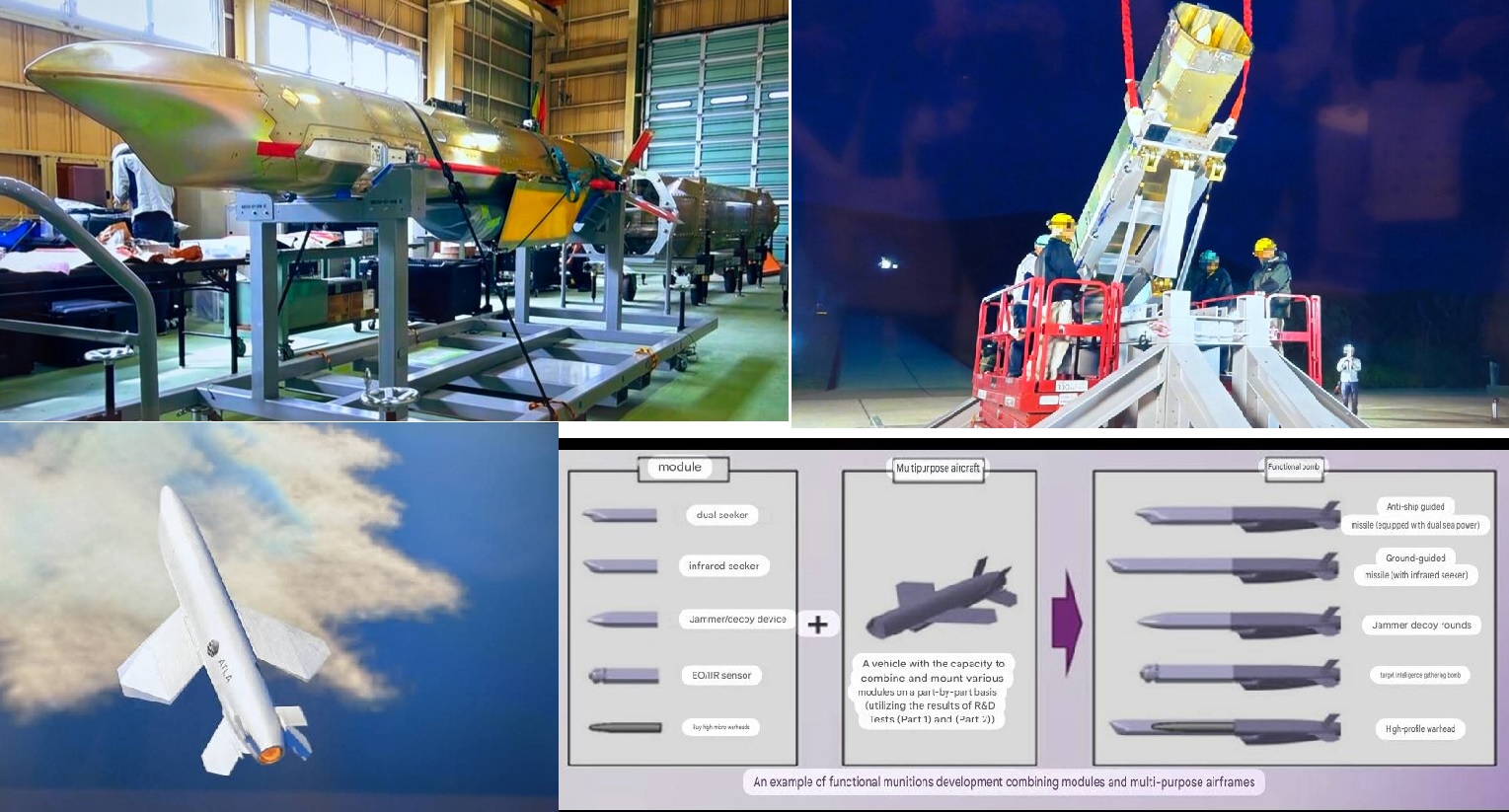
Tokyo — Japan has disclosed new details of its next-generation long-range anti-ship missile, marking a significant step in efforts to strengthen national defense and protect remote island territories. The program, developed by the Acquisition, Technology & Logistics Agency (ATLA), introduces a compact, low-observable missile design built for extended-range maritime strike operations.
First Prototype Powered by XKJ301-1 Turbojet
ATLA confirmed that the first prototype, now in development for fiscal year 2025, is equipped with the XKJ301-1 turbojet engine. The variant will serve as a dedicated test platform for propulsion, guidance systems, seeker technology, and aerodynamic evaluation.
Engineers describe the prototype as the foundation of a broader missile family, one intended to exceed the performance of Japan’s upgraded Type 12 surface-to-ship missile and provide greater operational reach.
Low-Observable Airframe With Modular Internal Bays
The new missile uses low-observable (LO) shaping, incorporating blended surfaces and angled structures that reduce radar detection.
ATLA’s development documents highlight a key innovation: internal modular bays designed to house mission-specific payloads, seekers, control units, and warheads.
This modular system supports an “open architecture” approach, allowing rapid integration of new technologies without redesigning the entire missile. Officials say this will enable Japan to upgrade sensors, countermeasures, and propulsion components at high speed as threats evolve.
Multi-Role Modular Munitions Concept
An official ATLA illustration shows how the missile’s modular design allows multiple configurations.
On the left, several swappable modules appear, including a dual seeker, infrared seeker, jammer/decoy device, EO/IR sensor, and high-power warhead.
At the center of the diagram is a common multi-purpose airframe, while the right side shows how it can be assembled into different operational variants. These include an anti-ship missile equipped with a dual seeker, a ground-guided missile using an infrared seeker, jammer decoy rounds, a reconnaissance/intelligence-gathering bomb, and a strike variant fitted with a heavy warhead.
ATLA says this flexibility forms the core of its future munitions ecosystem, enabling Japan to deploy anti-ship, electronic-warfare, and reconnaissance weapons using a unified design.
2027 Phase to Introduce Two Advanced Airframes
A follow-on development phase scheduled for 2027 will expand testing with two new airframes, designated Type A and Type B. These will evaluate advanced sensor suites, including upgraded electro-optical/infrared seekers and a high-speed data-link designed for real-time targeting.
The new airframes will also test improved flight control surfaces, strengthened composite structures, and stealth-optimized designs intended to boost survivability against modern air-defense networks.
Strategic Role in Japan’s Defense Shift
Although ATLA has not disclosed the missile’s maximum range, its efficient turbojet and enlarged fuselage strongly indicate a longer reach than current Japanese surface-launched systems. The missile is expected to support long-range island defense, maritime interdiction missions, and distributed strike operations across contested waters.
Japan’s move toward indigenous precision-strike capabilities reflects a broader shift in defense strategy. With increasing Chinese military activity near Japan’s southwest islands and tightening security conditions in the Taiwan Strait, Tokyo is expanding its portfolio of long-range, high-survivability weapons.
ATLA says the new missile is set to become a key component of Japan’s next-generation integrated strike network, operating alongside hypersonic glide vehicles, extended-range cruise missiles, and air-launched standoff platforms.
✍️ This article is written by the team of The Defense News.
